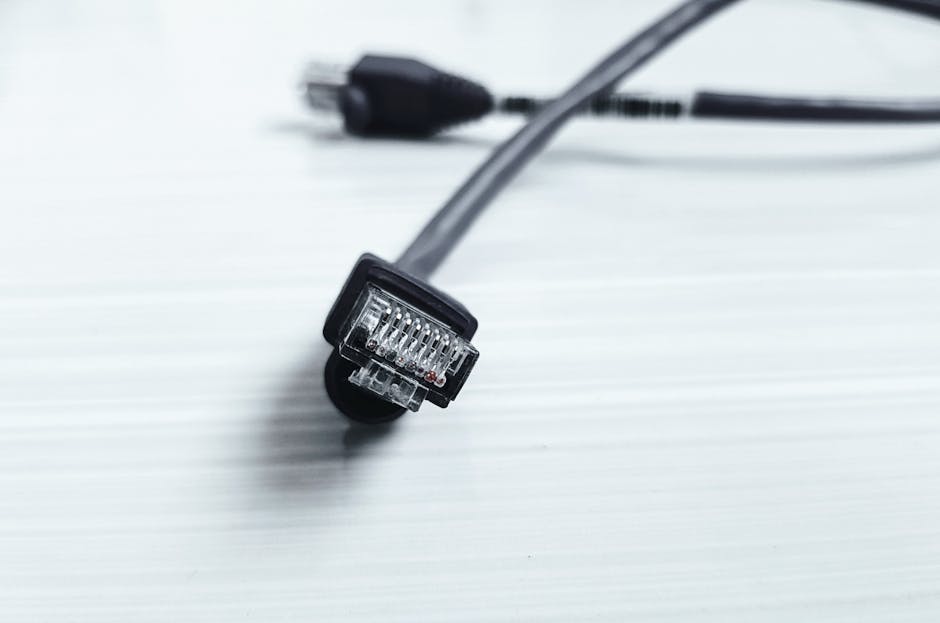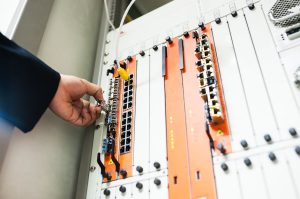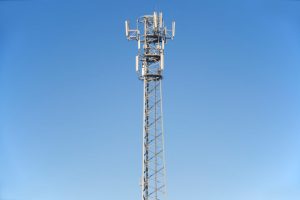Brazil’s Telecom Market in 2026: Emerging Trends and Opportunities

Brazil: A Central Player in Latin American Telecommunications

Pexels
As we head into 2026, Brazil is establishing itself as a key influencer in the Latin American telecommunications sphere. The country’s vast economy, coupled with increasing technological advancements, makes it a focal point for regional telecom developments. According to industry data, Brazil is currently home to 112 data centers, with additional facilities planned for the near future—a promising sign for the nation’s rapidly expanding digital infrastructure. This growth places Brazil at the crossroads of innovation and opportunity for telecoms eager to capitalize on the increasing demand for reliable connectivity.
In particular, São Paulo has cemented its position as a major data center hub within both Brazil and the larger Latin American market. While this isn’t a new phenomenon, soaring demand in São Paulo is prompting companies to look beyond the metropolis. Cities like Fortaleza, Porto Alegre, Recife, and Manaus have surfaced as alternative locations, enticing investors with factors like reliable energy grids, government incentives, and proximity to subsea cable systems. Fortaleza stands out for its role as a critical transcontinental subsea cable landing point, while Porto Alegre is poised for a data center resurgence following Meta and V.tal’s announcement about extending the Malbec system to the city.
Price Erosion Reshaping Brazil’s Wholesale Market

Pexels
One of the most significant shifts in Brazil’s telecom landscape revolves around the ongoing trend of price erosion in the wholesale market. Connectivity costs have dropped dramatically in competitive markets such as São Paulo, where ample supply and provider competition have driven prices down. For instance, the cost of 100 Gbps links between Miami and São Paulo has plummeted by 22% since 2022, with some routes now available at rates as low as $5,000. Similarly, IP transit pricing has also seen remarkable changes, with rates in major hubs like São Paulo, Rio de Janeiro, and Fortaleza hitting just $0.10/Mbps for a 10 GigE port.
This cost reduction represents a major shift that benefits businesses operating in the region. The falling prices can stimulate further investment in the telecom sector, fostering innovation and boosting connectivity standards. For enterprises seeking to expand their operations into or within Brazil, this favorable pricing environment offers a chance to do so cost-effectively.
Digital Sovereignty and Emerging Connectivity Dynamics

Pexels
Brazil’s international connectivity traditionally relied on U.S.-focused subsea cable systems, but a growing need for route diversification is becoming apparent. Subsea cable systems such as EllaLink and SACS now provide alternate routes to Europe and Africa. Furthermore, new projects like the Waterworth initiative aim to integrate Brazil more dynamically into global networks, ensuring resilience against geopolitical uncertainties. These developments underline the country’s ambition to increase independence and mitigate risk in the telecom sector.
The discussion surrounding digital sovereignty also extends to satellite connectivity. While U.S.-based Starlink and Europe’s OneWeb dominate the market, Brazil is increasingly evaluating satellite solutions that align with national strategies for connectivity and data sovereignty. The rise of Low Earth Orbit (LEO) satellites opens up new opportunities to bridge the digital divide, particularly in underserved and remote regions. However, these advancements also introduce complex questions surrounding data security and infrastructure management.
Brazil’s Telecom Future: An Evolving Landscape

Pexels
As Brazil looks toward a future brimming with technological potential, the nation’s telecom sector will continue to expand and evolve. With São Paulo paving the way for infrastructure development and other cities like Fortaleza and Porto Alegre rising to prominence, Brazil is poised to become an even more significant player in global telecommunications. Meanwhile, competitive pricing and digital sovereignty issues will remain pivotal themes as businesses and policymakers navigate the complexities of innovation and connectivity in this dynamic market.
Overall, these trends underline an exciting period of growth and transformation for Brazil’s telecom industry, with plenty of opportunities for operators, investors, and developers eager to shape the region’s digital future.


